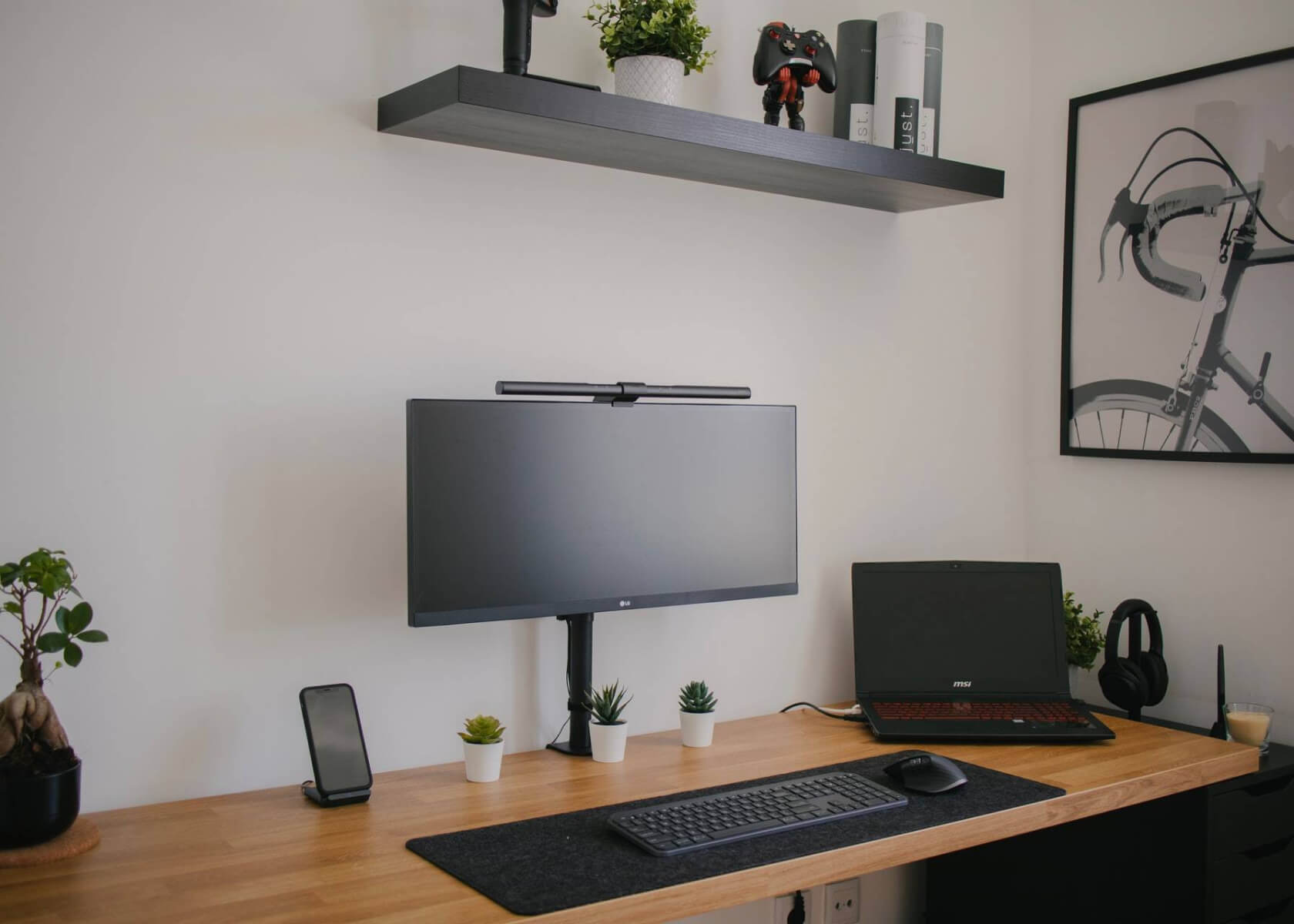How to Create a Visually Appealing List Template in Notion for Note-Taking and Task Management

New to Notion?
How to Create a Pretty List Template in Notion for Visually appealing Note-Taking, Task management, or Content Organization
Notion is a versatile productivity tool that empowers you to build custom templates for any purpose. Whether you’re organizing notes, managing tasks, or coordinating content, you can create a visually appealing list template that enhances your workflow. This article will walk you through creating an attractive list template in Notion using current features and best practices.
Step 1: Decide on the Purpose and Structure
Before you design your list template, determine its specific purpose and structure. Are you aiming for note-taking, task management, or content organization? Clarifying your template’s goals will help you plan an effective layout.
- Note-taking: You might include sections for headings, bullet points, and checkboxes.
- Task management: Consider incorporating properties for priority, Due date, and Progress tracking.
- Content organization: Utilize tags, filters, and categorization to keep your content in order.
Step 2: Create a New Page and Add a Database
Open Notion and create a new page by clicking the + New button or using the slash command ( /page). Give your page a relevant name that reflects your template’s purpose.
Inside your new page, add a database by clicking the + button and selecting Database. You can choose from options like Table, Board, or Gallery depending on how you want to view your data.
Step 3: Customize Database Properties
Once you have your database in place, it’s time to tailor the properties to suit your needs. You can add, remove, or rearrange properties with just a few clicks.
- Click + Add a property to introduce a new field.
- Choose the type of property from the dropdown menu (text, number, date, checkbox, select, etc.).
For instance, in a task management template, you might add properties such as:
- Priority (using a select property)
- Due date (using a date property)
- Status (using a select property)
Feel free to experiment with different property types to best capture the details you need.
Step 4: Customize Your Views
Notion offers several view options—Grid, List, Calendar, Kanban, and Gallery—to help you visualize your data effectively.
- Click the + Add a view button located at the top right of your database.
- Select the view type that aligns with your template’s purpose.
Experiment with different views until you find the one that provides the most intuitive and visually appealing representation of your data. Switching between views is as simple as clicking on the view selector at the top of your page.
Step 5: Design the Layout
Design your layout using Notion’s robust formatting tools. Enhance the visual structure by using headings, subheadings, bullet points, checkboxes, images, and more.
- To add headings or subheadings, click the + button where you want them and select either Heading or Sub-heading.
- For bullet points, select Bulleted list from the options.
- To insert checkboxes, click the + button and choose Checkbox.
Use text styling options such as bold, italics, underline, or strike-through to highlight important information. This careful formatting makes your template not only functional but also easy to navigate and aesthetically pleasing.
Step 6: Add Icons and Images
Icons and images can significantly boost the visual appeal of your list template. Notion features a built-in icon gallery, and you can also upload custom images or choose from Unsplash.
- To add an icon, click the + button at the top of your page and select Icon. Browse through the icon gallery to pick one that best represents your content.
- To insert an image, click the + button and select Image. Then, upload an image from your computer or select one from Unsplash.
By adding these visual elements, you create a unified and engaging template that stands out and enhances user experience.
Step 7: Save as a Template
Once you are satisfied with your customizations, save your list as a template for future use.
- Click the three dots icon in the top right corner of your page.
- Select Save as template.
- Give your template a descriptive name and click Save.
Your new template will now be available whenever you start a new page—simply click the + button and select Templates to find your saved template.
Conclusion
Creating a visually appealing list template in Notion can enhance your note-taking, task management, or content organization experience. By determining your template’s purpose, customizing database properties and views, and incorporating icons and images, you can build a template that is both effective and enjoyable to use. Experiment with different elements and styles to develop a unique layout that streamlines your workflow and makes your everyday tasks more organized.
Happy templating!


